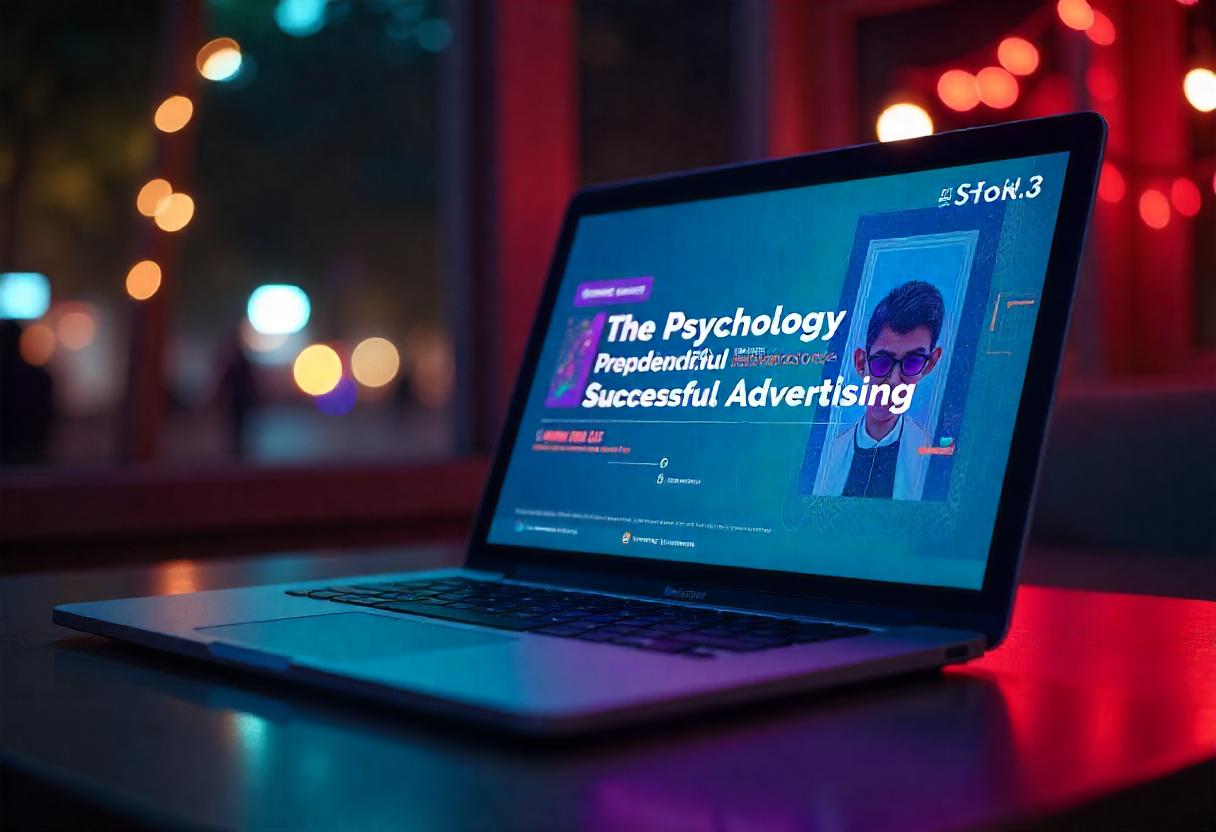Great advertising doesn’t just sell products—it connects with people on a deeper level. The most effective ads are built on a strong understanding of human psychology. By tapping into emotions, desires, and decision-making habits, successful advertising influences how people think, feel, and act.
Understanding the psychology behind advertising can help you create more powerful, persuasive marketing that truly works.
Emotion Drives Action
People may think they make buying decisions based on logic, but emotion plays a much bigger role. Ads that make us feel something—whether it’s joy, fear, curiosity, or trust—tend to stick with us.
Emotional triggers can include:
-
Happiness (feel-good stories, smiling faces)
-
Fear (missing out, safety concerns)
-
Belonging (social proof, community)
-
Trust (reliability, authority)
When you create ads that connect emotionally, you build a stronger relationship with your audience and increase the chances they’ll take action.

The Power of Social Proof
Humans are naturally influenced by what others do. This is why testimonials, reviews, and case studies are so effective in advertising. When people see that others trust and enjoy your product, they feel more confident doing the same.
Use social proof in your marketing by:
-
Sharing real customer reviews
-
Highlighting user-generated content
-
Mentioning the number of customers or sales
-
Showing endorsements from trusted figures
Social proof reduces doubt and builds trust quickly.
Scarcity and Urgency Influence Decisions
People tend to act faster when they believe they might miss out. That’s why limited-time offers, countdown timers, and phrases like “Only a few left” are so common in ads.
This technique taps into the fear of missing out (FOMO) and can push hesitant customers to make a decision sooner.
Use scarcity and urgency with care—only when it’s real and honest. Overusing these tactics can harm your credibility.
Simplicity Beats Complexity
When it comes to advertising, less is often more. The human brain prefers simple messages that are easy to process and remember. Overloading your audience with too much information can cause confusion and lead them to scroll away.
A good ad has:
-
A clear headline
-
One key message or offer
-
Simple visuals
-
A strong call to action
The easier your ad is to understand, the more effective it will be.
Repetition Builds Recognition
Familiarity builds trust. When people see your message multiple times, they’re more likely to remember it and consider your offer. This is known as the “mere exposure effect”—the more we’re exposed to something, the more we tend to like it.
Successful advertisers repeat their message across different platforms and formats, keeping the tone and visuals consistent.
Colors and Design Affect Emotions
Visual design plays a key role in how people respond to ads. Different colors and shapes can trigger different emotions and associations.
For example:
-
Red creates urgency and grabs attention
-
Blue builds trust and calmness
-
Green is linked to health, nature, and peace
-
Yellow creates optimism and energy
Choosing the right colors and layout can support your message and influence how your audience feels.
Storytelling Creates Connection
People remember stories more than facts. A good story creates an emotional journey and helps your audience relate to your brand or message.
Storytelling works in advertising because:
-
It humanizes your product
-
It keeps people interested
-
It helps your message stick
Whether it’s a short video or a written ad, storytelling makes your brand more relatable and memorable.
The Role of Identity and Aspirations
Great ads don’t just promote a product—they promote an identity. They show people who they could become by using your product or service.
This psychological appeal is especially powerful in lifestyle and luxury marketing. It focuses on how the product aligns with the customer’s goals, values, or dreams.
Speak to your audience’s aspirations, not just their needs.
Consistency Builds Trust
Psychologically, people are more likely to trust and engage with brands that show up consistently. When your messaging, tone, and visuals stay the same across all platforms, it reinforces your brand identity and builds long-term loyalty.
Being consistent also reduces mental effort for your audience. They know what to expect from you—and that familiarity increases trust.
Final Thoughts
Successful advertising is more than clever words or pretty images—it’s rooted in psychology. By understanding how people think, feel, and decide, you can create messages that connect and convert.

